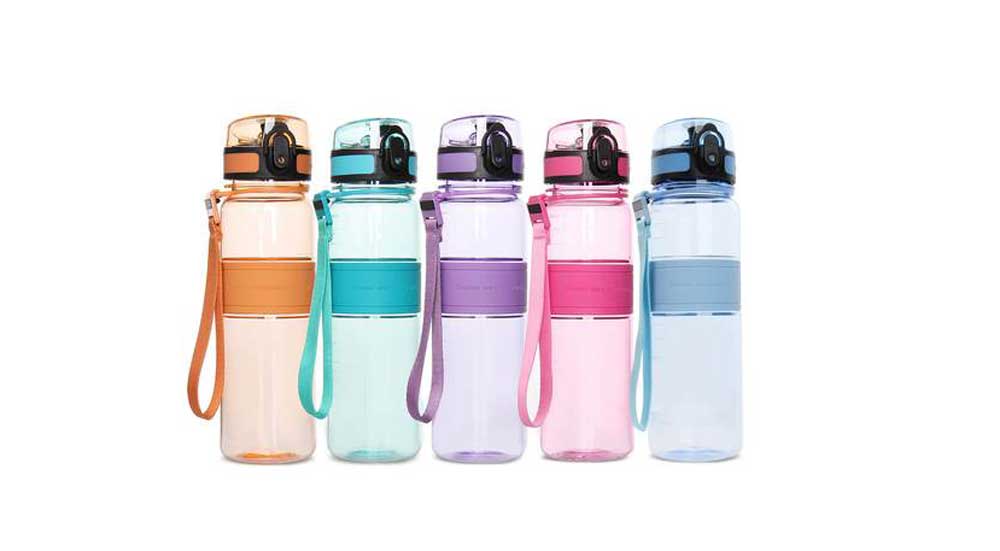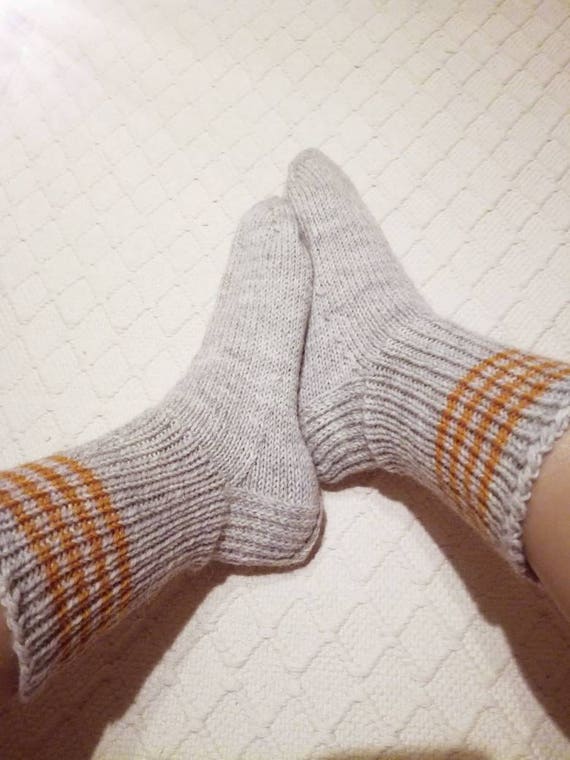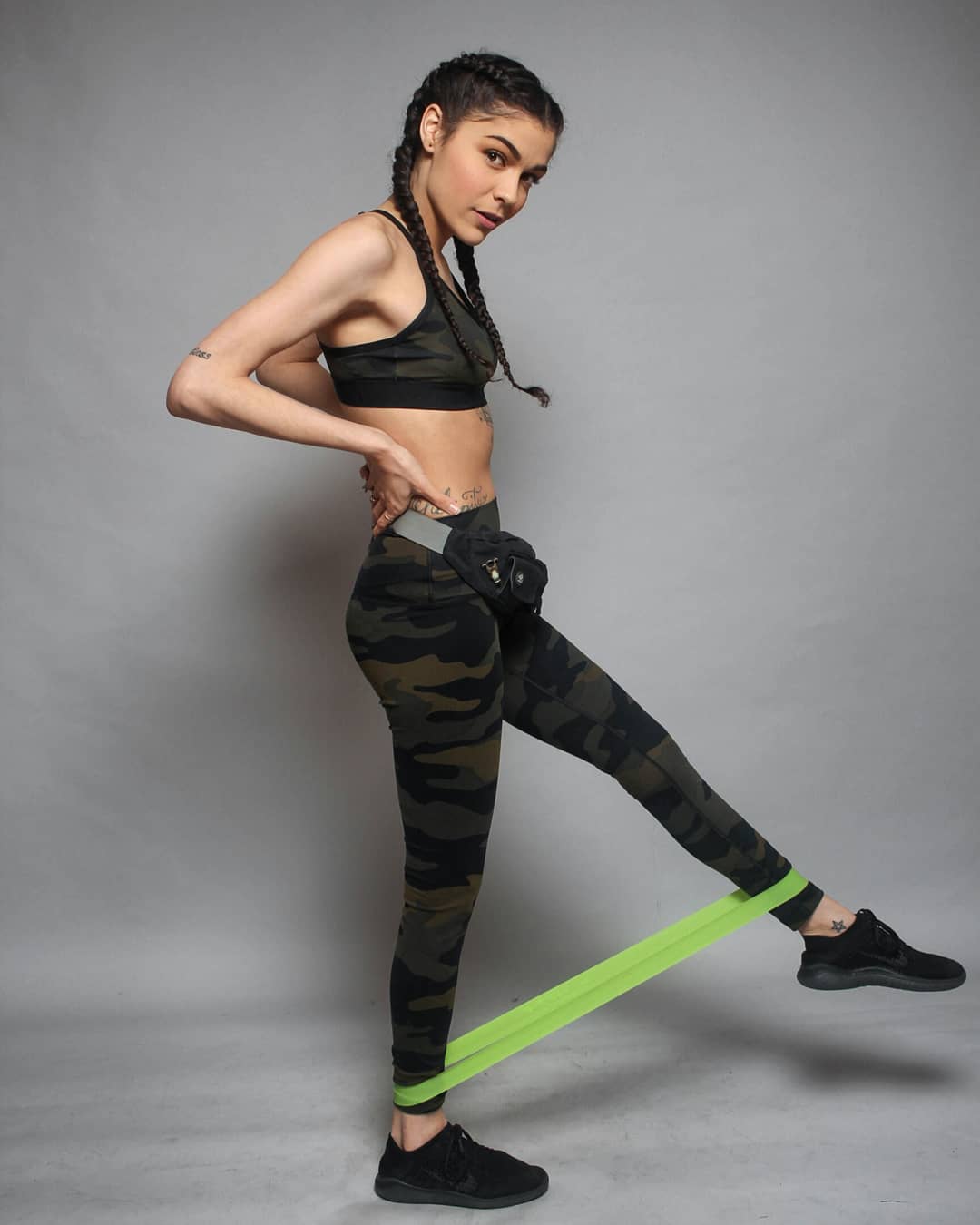Most runners are aware of the importance of recovery, but it can be difficult to always focus on recovering properly. Recovery after a long run may be one of the most important aspects of training and building mileage safely. The long run wears us down and we are usually spending quite a bit of time on our feet. So let’s talk about how to recover after a long run.
I’ve found that when I’m not training for a race, I don’t always focus on recovery as much as I should. Especially if I am still running pretty regularly. These top 5 important recovery tips for runners are simple but crucial. I am using this as a reminder to focus on my own recovery, and I hope you will do the same!
SHAKE OUT YOUR LEGS & Cool down
The day after your long run is a good time to shake out your legs. Some runners like to do a recovery run, others like to take a rest day. Even if you don’t run try to move around a bit to get the blood flowing. A short walk is a good way to loosen things up the next day, or even later in the day after your long run.
HYDRATE & Nutrition

While nutrition and hydration are important, I don’t think we need to stress over them. Listening to our bodies goes a long way. It’s just important that as we are running and working out that we make sure we are refueling properly. Some reminders are to eat as soon as you can after a workout, include a variety of foods/nutrients in your diet, and take fuel with you on longer runs.
As for hydration, I think the best way to stay hydrated is to carry a water bottle with you all day. This will keep you drinking all day long and not ending up dehydrated or particularly thirsty. Now that it’s getting warm out it’s also more important to focus on getting some electrolytes before, during, or after a run
STRETCH
We want to have enough range of motion in our bodies to be active, but depending on your activity of choice that ideal range may be different. Dancers and gymnasts need more flexibility than runners, but people who are inactive could benefit from any type of movement. If you are exercising, and doing a range of activities, you can potentially be taking your body through some of those ranges which is good. If you only do one type of physical activity, you many need to think about improving range of motion in areas that are not addressed through that activity.
As runners, we don’t typically take our hips into full flexion (think pulling your knee to your chest). When we sit our hips are flexed at about 90 degrees, which is about how far we will also flex them while running (maybe less depending on form and speed). So it could be beneficial to bring your hips into full flexion a few times a day. This could be by including deep squats into your workout routine, or squatting on the floor while reading blogs.
GET COMFORTABL

Now that you are hydrated and have eaten something, take a shower and change into something comfortable. Consider wearing compression socks to help your lower legs recover from your run. I like to wear sweats or leggings after a long run so that I feel more relaxed in general. Even if I have plans later in the day I like to spend a few hours wearing something comfortable before changing into regular clothes.

